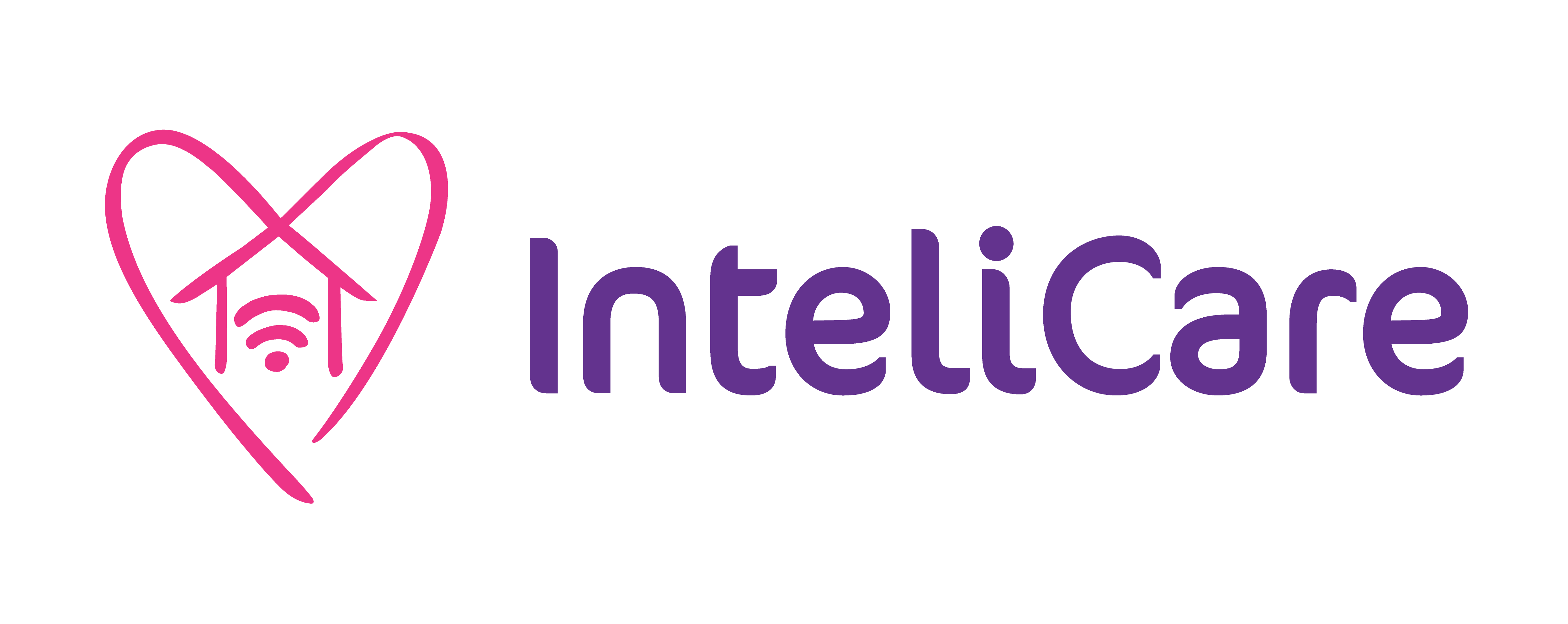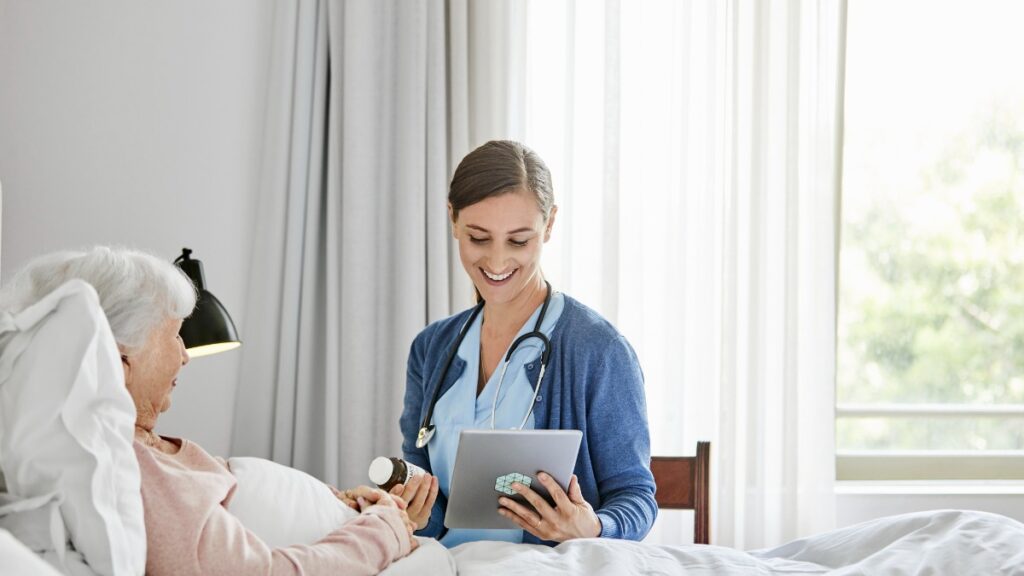• Partnership with Persona Informatics delivers significant capability increase with the addition of over 60 new health metric devices.
• Incorporates Therapeutic Goods Administration (TGA) and U.S. Food and Drug Administration (FDA) approved iHealth, FitBit and Garmin devices.
• Access to a market with $20 billion long-term investment funding by the Medical Research Future Fund (MRFF).
• Further upside to a $146 million regional care and telehealth market.
InteliCare Holdings Ltd (“InteliCare” or the “Company”) (ASX: ICR), an Australian technology company that has commercialised a subscription-based Internet of Things (IoT) and Artificial Intelligence (AI) product for use in the aged care and health industries, is pleased to announce a a sizable update to its smart care solution with the implementation of over 60 health devices to its Health Metric reporting.
Expansion of services to further penetrate wearable device market
InteliCare creates solutions designed to penetrate profitable and expansive markets. The McKinsey Global Institute estimated that healthcare support systems and advances in computing, storage, and sensors, will unlock investment capacity and generate over $250billion in global GDP impact by 2030.
This expansion of InteliCare’s services is a result of a partnership with Persona Informatics. Persona allows smart devices to wrap raw digital data with semantic intelligence, enabling InteliCare to access and integrate health related data from numerous fitness and medical devices.
Providing tech solutions to the remote and regional healthcare industries
Beyond improving the services offered to current InteliCare clients, the update will benefit remote medical monitoring services, chronic care management and regional healthcare organisations.
The Australian Government has allocated $41.2 million to improve health services in regional and rural Australia.
An additional $106 million has been allocated by the Government to support telehealth services, with the goal of ensuing greater flexibility and accessibility to patients and medical professionals.
Sensor agnostic platform enables integrations in a multibillion-dollar market
InteliCare’s open architecture enables the platform to be sensor agnostic. This ensures growth, scalability, and the ability to leverage best in breed sensors and devices.
In Australia, a total of 1.1 million smart wrist wearables were sold in the first half of 2021. The Wearable Technology Market was valued at USD 27.91 billion by Mordor Intelligence in 2020. It is expected to reach USD 74.03 billion by 2026.
The Persona-supported Health Metric products are immediately available within InteliCare’s system. These future proof the Health Metrics module, while supporting entry into complimentary sectors and markets.
Data provides financial viability and profitability to care organisations
The data automatically synced from these devices to the InteliLiving® platforms, provides InteliCare clients with a 360° overview of health and wellness.
Trend and behaviour data alerts carers to ongoing and emerging health risks, empowering them to adapt client care accordingly to prevent deterioration.
Timely access to this health data provides financial viability and profitability to care organisations due to the capturing of evidence that is used to justify the expansion of care and services.
Additionally, tracking health data, carers can identify trends which are indicative of impending health emergencies, such as COVID. This gives healthcare workers instant and accurate access to information which empowers them to deescalate health risks for their clients and themselves.
Nick Egarhos, Co-Founder, Chief Partnerships and Strategy Officer, Persona Informatics says: “We have entered an era where valuable health data can be effectively generated and collected outside the traditional healthcare system. Bridging this gap between the day-to-day lives of at-risk patients and their care providers is a game changer for the industry. As market leaders and innovators, the synergies between Persona and InteliCare are an obvious value multiplier for both our customers and our companies.”
Jason Waller, CEO and Managing Director InteliCare, says: “The recent integration of over 60 health devices demonstrates our ongoing commitment to produce an industry-leading product. Now we are able to empower organisations and individuals with a 360-view of health and wellness. These updates are of particular importance to health and care services which are striving to digitise and innovate their services as Australia transitions into a post-pandemic future.’’
Market size and opportunity
The Therapeutic Goods Act (TGA) approved wearable sensors that further automate data gathering.
These data streams are essential for ai-enable decision support. It has the potential to further uplift InteliCare’s use of AI to learn from large data sets that uniquely combines both passive behaviour patterns with integrated vital statistics, this may allow healthcare professionals to make better decisions and deliver treatment faster, especially from remote locations.
InteliLiving’s® Health Metrics Update unlocks further growth opportunities across this valuable market:
• Remote and regional care market. The Australian Government has allocated $41.2 million to deliver better health services in regional and rural Australia.
• Immediate consumer smart wearable market. Seamless integration with iHealth™, Fitbit™ and Garmin™ allows InteliLiving® to tap into the current and growing wearables market for health and wellbeing tracking. Telsyte reports that in Australia, a total of 1.1 million smart wrist wearables were sold in the first half of 2021..
• Rapidly growing Global mHealth Market
• Post COVID Telehealth Market. Since March 2020, more than 86.3 million COVID-19 MBS telehealth services have been delivered to 16.1 million patients. More than 89,000 providers have used telehealth services. The Australian Government is providing $106 million to support permanent telehealth services.
• Increased Industry Investment. The Mckinsey Global Institute, together with healthcare industry leaders, citied remote monitoring as a key for future investment. Remote monitoring provider adoption is anticipated to grow from current investment intent of 32% to 93% by 2026-2031.
• Increasing capital market investment. The US Department of Health and Human Services (HHS), awarded nearly USD$55 million to increase healthcare access and quality for underserved populations through virtual care such as telehealth, remote patient monitoring, digital patient tools, and health technology platforms.
• Hospital at Home (Hah) and transitional care providers. In 2019-20, a total of 24,775 people received transition care. Approximately 6 percent of hospitals days are provided in a Hah setting, which is more cost effective than a traditional setting. The Australian Government Department of Health 2020-21 actioned private health insurance reforms to support Hah.
• Preventive and Public Health Research initiative. Keeping Australians out of hospital has been consolidated into the Preventive and Public Health Research initiative under the MRFF 10-year plan. This initiative supports the implementation of preventive health measures and tools for chronic health conditions. This is funded by the Medical Research Future Fund (MRFF), a $20 billion long-term investment supporting Australian health and medical research.



